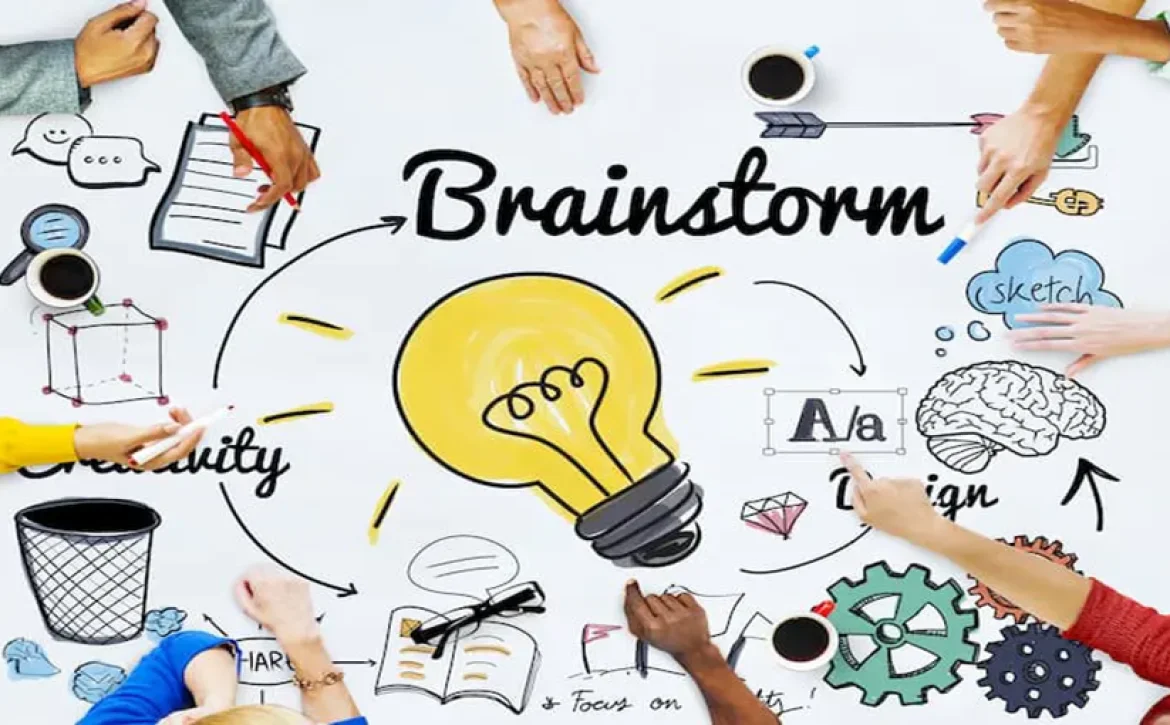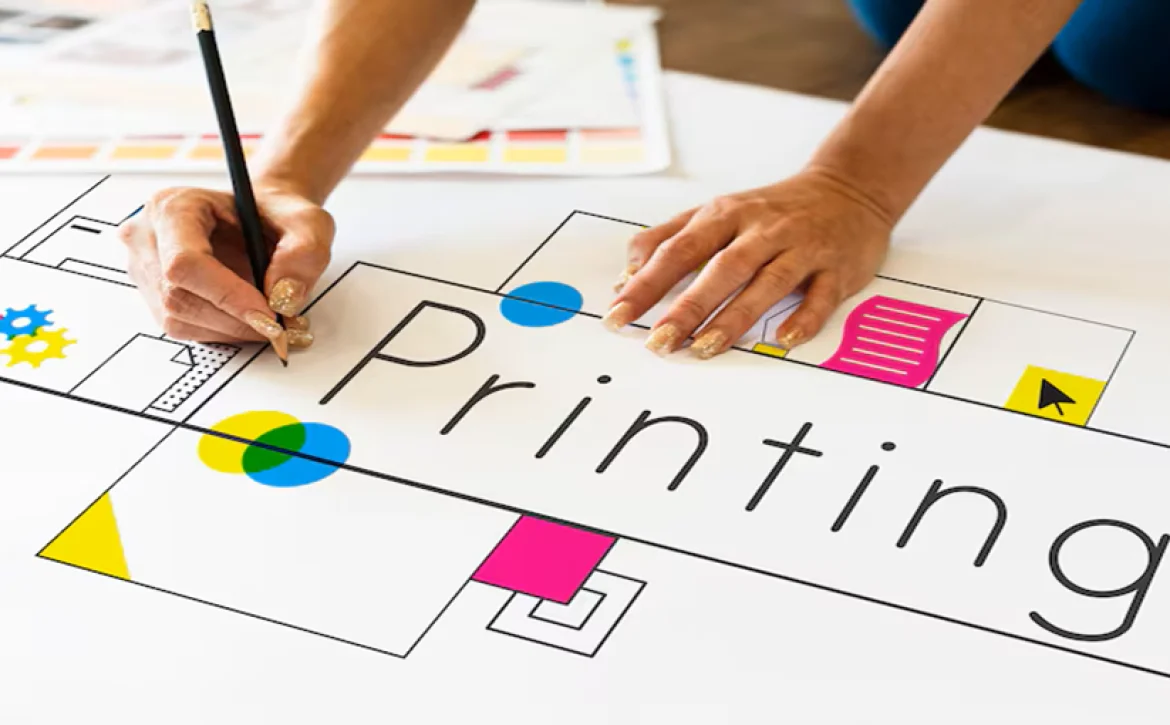Finding the Best Digital Marketing Consultant Near Me on a Budget
In today’s fast paced business world, having a strong digital presence is not just an option, it is a necessity. Whether you run a small local shop, a growing startup, or a passion project, getting noticed online is often the key to real growth. But for many business owners, the question is not whether they need help with marketing, it is how to find the right person who understands their goals and works within their budget. Searching for the best digital marketing consultant near me can feel like scrolling through endless profiles and reviews, hoping to land the perfect match. You want someone who has the skills to bring real results, yet you do not want to spend a fortune before you even start seeing returns.
If you are like most business owners, you probably juggle multiple roles every single day. You might be working on customer service in the morning, updating inventory in the afternoon, and handling invoices in the evening. Thinking about marketing can feel overwhelming, and terms like SEO, PPC, and content strategy might sound complicated. That is why finding the right consultant matters so much. The right person can take all those moving pieces, simplify them, and turn them into a plan that works for your business. This article will guide you through the process of finding an affordable best digital marketing consultant near me help, share what to look for in a consultant, and help you avoid common mistakes that waste both time and money.
Best Digital Marketing Consultant Near Me: Understand Your Business Needs First
Before you start looking for a consultant, take a step back and think about what your business truly needs. Are you struggling with website traffic, social media engagement, or sales conversions? Being clear about your goals will help you find someone who specializes in the exact areas where you need support. For example, if your goal is to grow brand awareness, you might look for someone experienced in content creation and social media strategy. If your main focus is generating leads, then search for someone skilled in paid ads and funnel optimization. It is worth remembering that even the best digital marketing consultant in the world will not be able to help much if you are not clear about what success looks like for your business. Make a simple list of three to five measurable outcomes you want to achieve over the next six months. This will make your conversations with potential consultants much more productive.
Best Digital Marketing Consultant Near Me: Research and Compare Options
Once you have your goals clear, start doing some research. Read blogs, check forums, and look at recommendations. You might even browse discussions where people debate who is considered the best digital marketing consultant in USA or explore threads on best digital marketing consultant Reddit communities to see what others are saying. These conversations can give you insight into what to expect in terms of pricing, quality, and realistic results. Comparing multiple consultants is always a good idea. Ask about their previous projects and see if they can share case studies that show measurable growth. You might even want to check lists that mention top 10 digital marketing experts in world or top 10 digital marketing companies to get inspiration. While those lists might feature big names, they can help you spot trends and see what kind of strategies are considered most effective today.
Focus on Value, Not Just Price
Best digital marketing consultant near me: When working with a tight budget, it is natural to look for the lowest price. But the cheapest option is not always the best choice. Instead of focusing only on hourly rates, think about the value they bring. A skilled consultant might cost a little more, but they could save you months of trial and error by guiding you toward proven strategies. Ask detailed questions about their process. How do they research your target audience? How do they measure success? What tools do they use to track results? The best consultants will be transparent about their methods and will explain their strategy in a way that makes sense to you.
Look for Clear Communication
Working with a consultant is a partnership. If they do not communicate clearly, you could end up frustrated and unsure about what is happening with your campaigns. Pay attention to how quickly they respond to your questions and how willing they are to explain technical terms in simple language. A good consultant will not make you feel lost. They will walk you through what they are doing, why they are doing it, and what kind of results you can expect over time. This not only builds trust but also helps you learn more about digital marketing so you can make better decisions for your business in the future.
Best Digital Marketing Consultant Near Me: Keep Learning Along the Way
Even after you find the right consultant, it is helpful to stay involved in the process. Read about the latest trends, follow industry blogs, and join conversations where people discuss strategies that work. By doing so, you will be better equipped to evaluate the work being done and provide feedback. Digital marketing changes quickly. What worked last year may not work this year. By staying curious and informed, you can make sure that your consultant’s approach continues to align with your goals and keeps your business moving forward.
In the end, finding the right consultant is not just about hiring someone to run ads or write posts. It is about finding a partner who cares about your success as much as you do. Whether you are inspired by lists of top 10 digital marketing experts in world or prefer to trust your local network, the most important thing is to find someone who understands your budget, communicates clearly, and works with you to achieve measurable results. Take the time to research, compare, and ask the right questions. Once you find the right person, you will see that working with the best digital marketing consultant near me can be one of the smartest investments you make for your business.











